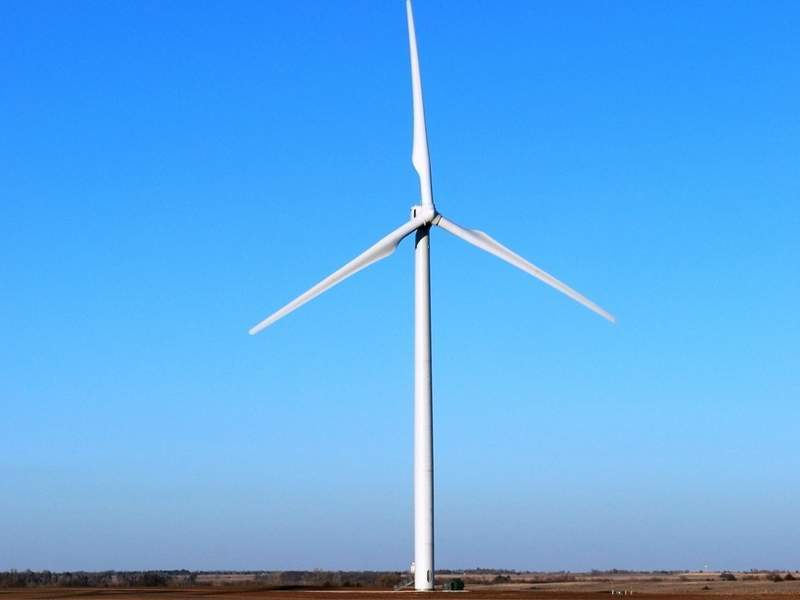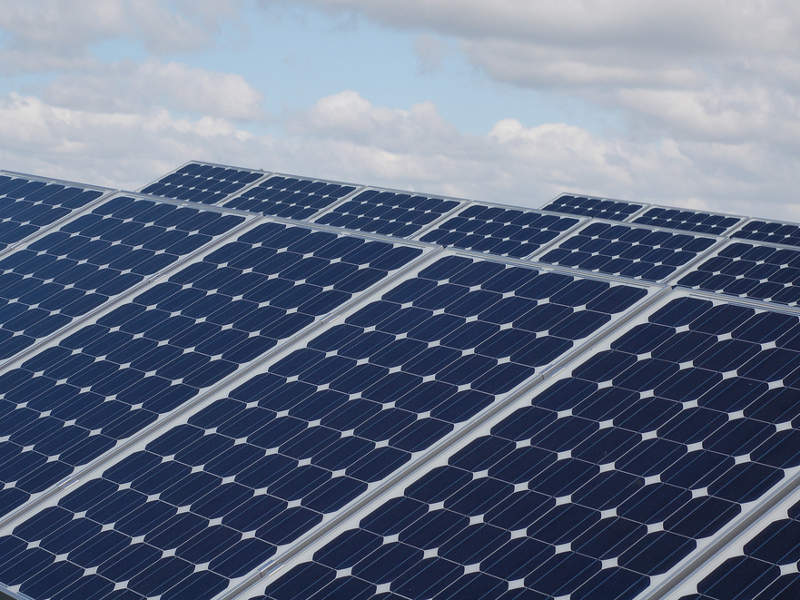Asian Renewable Energy Hub (AREH) is an 11GW intercontinental renewable energy project planned to be developed in east Pilbara, Western Australia.
Comprising 7.5GW of wind and 3.5GW of solar power generation capacities, Asian Renewable Energy Hub is one of its kind and the world’s biggest hybrid power project planned till date.
The ambitious project is expected to generate 40TWh of clean electricity a year, which will be transmitted to south-east Asia as well as for domestic industrial consumption in the Pilbara region. The estimated life of the project is at least 50 years.
The project was originally planned to be developed with 6GW capacity, which was increased to 9MW (6GW wind and 3GW solar) in May 2018 and further to 11GW in October 2018.
Western Australia’s Environmental Protection Authority (EPA) approved the environmental scoping document for the project in August 2018.
The AREH development consortium plans to take final investment decision on the project in 2021 and start construction in 2023.
Construction is planned to be completed in phases over a period of seven years, with the first electricity expected in 2025.
AREH development consortium partners
The Asian Renewable Energy Hub will be developed by a consortium of four global renewable energy companies namely InterContinental Energy (ICE), CWP Energy Asia, Vestas, and Macquarie with an estimated investment of $22bn.
ICE is a Hong Kong-based private company focused on large-scale renewable energy projects and long-distance transmission infrastructure development.
CWP Energy Asia was established in Indonesia in 2015 to develop renewable energy projects across south-east Asia. CWP Energy Asia is an affiliate of CWP Renewables, one of the biggest renewable energy companies in Australia.
Vestas is the world’s biggest wind turbine maker. The Danish company is recently focusing increasingly in hybrid renewable power solutions combining wind power with solar and storage technologies.
Headquartered in Australia, Macquarie is a financial group that invests in renewable energy in a big way.
Asian Renewable Energy Hub location and development details
The project development began in 2014, with comprehensive site search in the entire north-west coast of Western Australia.
A 14,000km² site in the East Pilbara region, with 8.2m/s average wind speed and 2,450kWh/m² solar power generation potential was selected for the hybrid energy project in the same year.
A special-purpose company named Nw Interconnected Power, a joint venture between InterContinental Energy (45%), CWP Energy Asia (45%) and Vestas (10%), was formed in June 2015, to own and develop the project.
The land required for the project was secured through an exclusive development license with the Western Australia Department of Lands in 2016. It preceded active engagement with the traditional land owners mostly belonging to the Nyangumarta community.
The referral documents for the environmental impact assessment were submitted to the EPA in November 2017.
AREH was granted major project status by the Western Australian Government after the approval of its environmental scoping document in August 2018.
Macquarie Group agreed to provide developmental capital and acquire equity stake in the project in October 2018.
Asian Renewable Energy Hub make-up
Proposed to be built on a 700km² site, the hybrid renewable energy hub will be installed with wind turbines having a combined rated capacity of 7.5GW and solar photovoltaic (PV) panels in a series of linear arrays with a combined capacity of 3.5GW.
The environmental scoping document submitted in November 2017 was based on a project design that included the installation of approximately 1,200 wind turbines spaced 750m apart in longitudinal rows. The distance between longitudinal rows will be 6km. The height to blade tip of the turbines will be 300m.
The solar PV panels were proposed to be mounted on low-impact steel frames in several modules of 100MW capacity each. Each module was expected to occupy 200ha of foot print.
Up to 25 substations were proposed be deployed around the site to step-up and send the electricity to the on-site HVDC converter station through overhead lines.
Electricity transmission from Asian Renewable Energy Hub
The electricity generated at the energy hub will be sent to a HVDC converter station near the project site, from where it will be transmitted towards the Eighty Mile Beach via 80km-long HVDC overhead transmission lines.
The power will be further transmitted through two under-sea HVDC lines to Jakarta. Another HVDC cable is also proposed to be laid from Jakarta to Singapore.
An estimated 6GW of electricity is planned for export to south-east Asia, whereas the remaining 5GW will be transmitted via HVDC or HVAC transmission lines in the Pilbara region for use in mining, mineral processing and hydrogen production operations.
Electricity from the initial development phases of the project will be transmitted to the Pilbara region, with HVDC transmission to south-east Asia expected after 2026.
Technology partners and contractors for the Asian Renewable Energy Hub
Other than Vestas, the major technology partners for the AREH project include Prysmian and Swire Pacific Offshore.
Prysmian is one of the world’s leading subsea cable manufacturers, while Swire Pacific Offshore is a leading offshore contractor.
The Australian National University’s Energy Change Institute serves as the research partner for the project.
Biota Environmental Sciences prepared the environmental scoping document for the project in 2017.




